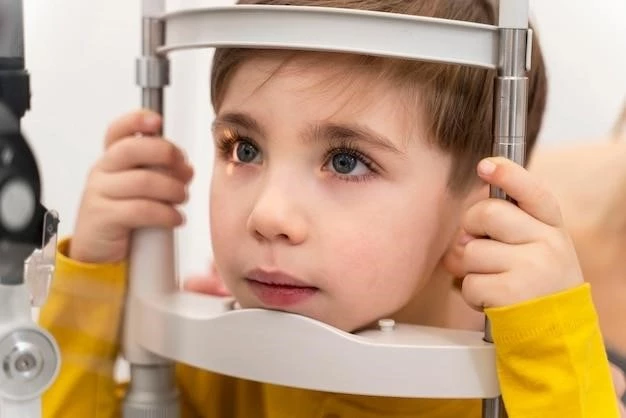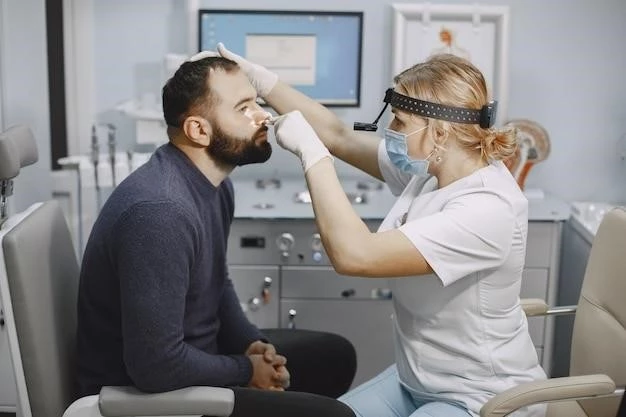Causes of Cerebro oculo dento auriculo skeletal syndrome
Genetic Mutations
Genetic Mutations
Cerebro oculo dento auriculo skeletal syndrome is caused by genetic mutations affecting a group of genes essential for normal facial and skeletal development;
Environmental Factors
While genetic mutations play a primary role, environmental factors such as exposure to toxins or infections during pregnancy may contribute to the development of Cerebro oculo dento auriculo skeletal syndrome.
Symptoms of Cerebro oculo dento auriculo skeletal syndrome
Craniofacial Abnormalities
Craniofacial Abnormalities
Cerebro oculo dento auriculo skeletal syndrome presents with distinctive craniofacial features including microcephaly, ocular abnormalities, cleft lip/palate, and underdeveloped jawbones.
Auditory Issues
Auditory issues in Cerebro oculo dento auriculo skeletal syndrome may include hearing loss, malformed or missing ears, and problems with ear canal development, impacting overall hearing function.
Dental Anomalies
Dental anomalies associated with Cerebro oculo dento auriculo skeletal syndrome may include missing teeth, delayed tooth eruption, abnormal tooth shape, and issues with dental enamel formation.
Treatment options for Cerebro oculo dento auriculo skeletal syndrome
Multidisciplinary Approach
Multidisciplinary Approach
The treatment of Cerebro oculo dento auriculo skeletal syndrome often requires a multidisciplinary team involving specialists such as geneticists, orthodontists, otolaryngologists, and speech therapists to address the diverse needs of affected individuals.
Surgical Interventions
Surgical interventions for Cerebro oculo dento auriculo skeletal syndrome may include procedures to address craniofacial abnormalities, such as cleft lip/palate repair, jaw reconstruction, and ear surgery to improve hearing and aesthetics.
Therapeutic Modalities
Therapeutic modalities for Cerebro oculo dento auriculo skeletal syndrome may include speech therapy, orthodontic treatments, hearing aids, and specialized educational interventions to address developmental delays and improve overall quality of life.
Diagnosis of Cerebro oculo dento auriculo skeletal syndrome
Clinical Evaluation
Clinical Evaluation
Diagnosing Cerebro oculo dento auriculo skeletal syndrome involves a thorough clinical evaluation focusing on physical features, developmental milestones, and auditory and dental assessments by medical professionals experienced in rare genetic disorders.
Genetic Testing
Genetic testing is crucial in diagnosing Cerebro oculo dento auriculo skeletal syndrome, identifying specific gene mutations through techniques like sequencing to confirm the diagnosis and provide insight for familial screening and genetic counseling.
Imaging Studies
Imaging studies like X-rays, CT scans, and MRIs play a vital role in the diagnosis of Cerebro oculo dento auriculo skeletal syndrome by revealing structural abnormalities in the brain, skull, ears, and facial bones, aiding in treatment planning and monitoring progression.

Prognosis for individuals with Cerebro oculo dento auriculo skeletal syndrome
Long-Term Outlook
Long-Term Outlook
The long-term outlook for individuals with Cerebro oculo dento auriculo skeletal syndrome varies depending on the severity of symptoms and early interventions, with many benefiting from ongoing medical care, therapies, and support to enhance their quality of life.
Quality of Life Considerations
Quality of life considerations for individuals with Cerebro oculo dento auriculo skeletal syndrome involve managing challenges related to communication, social interaction, and self-esteem through personalized care plans, special education services, and community support to promote holistic well-being.
Research advancements in Cerebro oculo dento auriculo skeletal syndrome
Emerging Treatments
Emerging Treatments
Ongoing research on Cerebro oculo dento auriculo skeletal syndrome is exploring novel therapeutic approaches such as gene therapy, stem cell technology, and precision medicine to target underlying genetic causes and improve outcomes for affected individuals.
Genetic Studies
Genetic studies in Cerebro oculo dento auriculo skeletal syndrome continue to unravel key genetic pathways and interactions, paving the way for targeted therapies, early detection methods, and personalized treatment strategies based on individual genetic profiles.
Support resources for individuals with Cerebro oculo dento auriculo skeletal syndrome
Patient Support Groups
Patient Support Groups
Joining patient support groups can offer individuals with Cerebro oculo dento auriculo skeletal syndrome and their families a sense of community, shared experiences, emotional support, and valuable resources for navigating the challenges associated with the condition.
Counseling Services
Counseling services play a crucial role in providing emotional support, coping strategies, and mental health guidance for individuals with Cerebro oculo dento auriculo skeletal syndrome and their families as they navigate the complex challenges associated with the condition.
Living with Cerebro oculo dento auriculo skeletal syndrome
Daily Challenges
Daily Challenges
Living with Cerebro oculo dento auriculo skeletal syndrome presents daily challenges related to communication difficulties, physical limitations, social interactions, and educational needs, requiring ongoing support and adaptive strategies to enhance overall well-being.
Adaptive Strategies
Implementing adaptive strategies such as assistive devices, specialized education plans, communication tools, and social support networks can empower individuals with Cerebro oculo dento auriculo skeletal syndrome to navigate daily challenges and optimize their quality of life.
